Designing a home for a client is one thing, but designing a home for yourself is a whole other story. This week, we asked 10 designers—Cyndy Cantley, Lauren Conner, Mark Gettys, Kate Hartman, Kristin Mullen, Kelly Neely, Tyson Ness, Sarah Randolph, Vani Sayeed and Patti Woods—to share the pros and cons of being their own client.

Decisions, Decisions
“It was an experience that was equal parts easy, hard, exciting and overwhelming! I joked that I should have hired a designer for my own house! For me, it’s such a black-and-white process to design other people’s spaces, but designing my own had a lot of gray area. I think this is partly because, as a designer, I am drawn to so many different types of details and styles, and I appreciate all design. Because of that, it was hard for me to make decisions for myself. I’m also so inundated with finishes, fabrics and furniture all the time that there were almost too many options! Home is personal for us all, and the process was much more emotional as the homeowner. There were some selections that were always on my list—expansive windows, tall ceilings, barrel arches, inset cabinetry, a flat roof on the exterior—but even though they were selections I had always loved, I second-guessed them as well. Fabrics and wallpaper were probably the hardest for me to select. They are the ‘finishing touches’ that really complete the space, so committing to one was hard. Almost all of the above makes it sound like the process was terrible or unappealing. However, I would design another home for myself in a heartbeat! Being my own client really challenged me as a designer in ways I didn’t expect. It made me a better designer, as it made me more aware of emotions my clients may have. It also fueled more of the fire within me to take risks with selections, and deepened the love I have for creating spaces for my clients to experience life. It goes without saying, but my husband and I feel incredibly lucky to have been able to build a space for ourselves and our growing family. It was one learning experience after another, and I wouldn’t trade a minute.” —Kelly Neely, Kelly Neely Interiors, Birmingham, Alabama
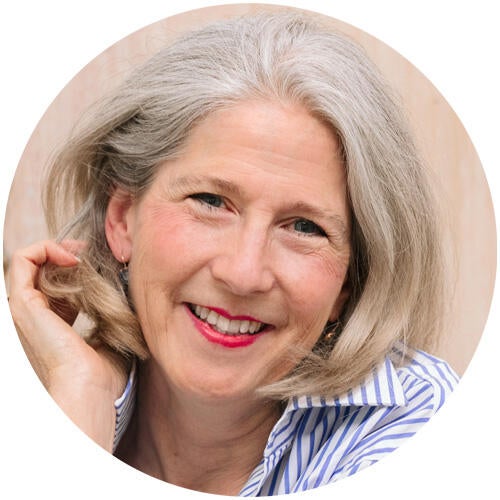
Personal Antique Showroom
“I’ve designed my own homes four times, and each home has had a very distinctive aesthetic. With each successive one, I think it’s my favorite! For my current home, I returned to a bag of tricks that I learned when I designed our London home 20 years ago, as it’s of a similar size and scale to that house. Our living room does double duty as a dining area for a large group, and the study’s very large French writing table serves six beautifully. While small, the kitchen has been designed for many cooks to prep in peace with an offset, not-quite-center island that serves as its heart. My color palette has softened over time. I still use my favorite colors of blue, green, terra cotta and yellow, but it’s as though they’ve been sunwashed and timeworn. I read once from a famous designer noted for his use of color and bravura styling that his own home was neutral and simple to allow his eyes to reset. There may be something to that, as I certainly have adopted a more edited approach to the layers in my home—although I seriously doubt that I will ever adopt a neutral palette. While most designers use their homes as a bit of a laboratory for design ideas or fabrics, I use mine as a testing ground for a never-ending array of beautiful treasures and antiques that we feature at Round Top and on our e-commerce site, The Edit. That means I am always inspired and that I happily get to reimagine my home environment often.” —Kristin Mullen, Kristin Mullen Designs, Dallas
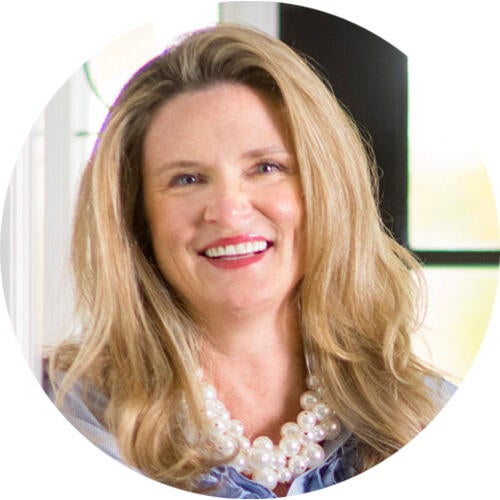
Constant Additions
“I bought my mom’s home after she passed. It’s in a darling, walkable Minnesota town. I drew the floor plan on a cocktail napkin, which then went to an architect, and we worked together to make all the selections. While it was originally designed as an empty-nester home, we moved in with two young kids, which required big changes. For instance, we relocated the primary bedroom upstairs to be closer to them—an emotional but necessary shift that required removing a large section of the roof in the middle of a record-breaking February freeze. Over the years, we’ve added layers of personality: the calm, pale green powder room now has hot-pink-velvet-upholstered walls, and a leopard runner climbs the stairs. Most recently, we transformed the main-floor primary suite into a deep green, color-drenched pub with an imported antique Celtic bar as the focal point. It’s something we’d dreamed of for years, and it’s filled with art, photos and memorabilia—creating a space that instantly feels welcoming and familiar.” —Sarah Randolph, Randolph Interior Design, Long Lake, Minnesota

Maintaining Memories
“Designing my own home has been both a lifelong passion and an ongoing process. Since I grew up here, I’ve had years to reimagine, renovate and care for it, watching it evolve alongside my family. I treat it like a design laboratory, always experimenting, tweaking, and keeping a running list of projects (because, as every homeowner knows, the work is never really done). The house reflects my style, but also its history. Many of the original furnishings remain, and I try to honor that legacy without letting it feel like a museum. For example, when we reworked the floor plan, I brought back the Clarence House wallpaper my mom used 50 years ago, just in a different colorway. It was a way to remember her while allowing the home to grow. I hope the house feels timeless, relaxed and full of personality, and that it continues to be a place for happy memories for generations to come.” —Lauren Conner, Lauren Conner Interiors, Birmingham, Alabama
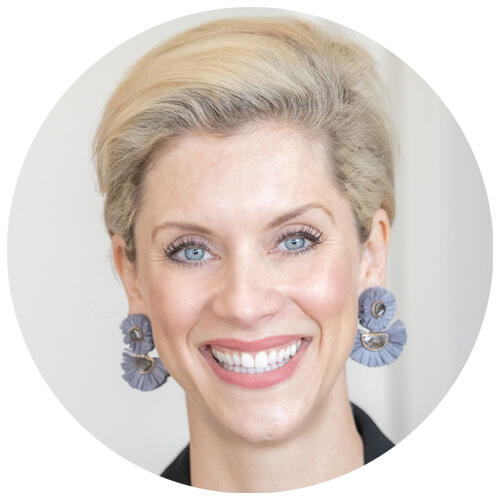
Career Catalyst
“Designing my own home in 2010 sparked my transition into the world of interiors. With a background in civil engineering, I’d always loved construction and design, but when my husband and I had the opportunity to build our own home, I was hooked. Since then, I’ve designed the interiors of four more of our homes, refining both my personal style and how the spaces function over the last 15 years. Designing my own spaces has allowed a level of experimentation that isn’t always possible with client work. I can explore ideas that may feel like a leap for others, and test out new materials and vendors without compromising someone else’s vision. Additionally, having my own home as a space where clients can visit, walk through, and experience my design firsthand has been invaluable.” —Kate Hartman, Kate Hartman Interiors, Vail, Colorado

Connect to Your Work
“I’m currently completing the design and construction of my own apartment. It’s a gut renovation of a historic Greenwich Village co-op apartment in New York. The process has been challenging, but also very educational and rewarding. I’d encourage all architects to design their own personal living spaces. Experiencing your design in your daily life forces you to have an intimate connection to scale, privacy, function and materiality that you don’t experience in any drawing or model. Playing the role of client is also a valuable experience that has helped me better communicate and understand my own clients’ perspectives during the design and construction process.” —Mark Gettys, Mark Gettys Architects, New York

Your Own Style lab
“It’s the place where I test ideas, play with colors and push all the boundaries. I had a beautiful chocolate-hued grasscloth installed in my kitchen that, while elegant, started to feel a bit dark and just a tad boring. I could not justify replacing it so soon, so in true Pollyanna fashion, the universe delivered. I discovered a Stella McCartney wallpaper in a muted burgundy mushroom. A true toile of fungi! I knew instantly it belonged on the ceiling. Years later it still makes me smile every time I walk into my kitchen. It’s a great reminder that sometimes the best design decisions come from fixing what didn’t quite work. That’s the magic of designing your own home—it becomes a living, evolving reflection of who you are.” —Cyndy Cantley, Cantley & Company, Birmingham, Alabama

A True Reflection
“I had the opportunity to design my own home—a 100-year-old Dutch Colonial that I slowly decorated and renovated as a deeply personal project. The process was incredibly meaningful. Working on your own space brings a different kind of challenge; every decision is intimate, and every detail reflects not just your design sensibilities, but also your lifestyle, values and memories. With this home, it was important to honor its original architecture and history while gently introducing contemporary elements that suit the way we live today. I preserved key historical details—like moldings, original floors and architectural proportions—while layering in texture, color, and a curated mix of global influences that speak to my own aesthetic and background. I experimented with scale, materials and finishes, and I learned tremendously from both my successes and mistakes. The result is a home that feels warm, soulful and timeless. It’s a true reflection of who I am, both as a designer and as a person.” —Vani Sayeed, Vani Sayeed Studios, Newton, Massachusetts

Making Temporary Feel Permanent
“I’ve always considered myself a decisive person when it comes to client work. But designing my own space? That’s a whole different beast. Suddenly, I’m the indecisive client. I am the ‘maybe’ person. And it turns out, I’m very annoying. When I first moved in with my partner, the apartment was basically a blank canvas. And as anyone who’s merged households knows, you’re not just combining stuff, you’re building a shared identity. Like many New Yorkers, we rent. So right now we’re in this very specific kind of limbo, currently hunting and planning for our future apartment while also designing the one we’re still in. We don’t own the place, but we’ve personalized and furnished it like we do. We’ve invested in quality pieces we know we’ll love long-term—a great sofa, a rug from an amazing Etsy seller, and a few vintage finds that highlight who we are. Aside from the painting and light fixture swaps, we also installed Calico wallpaper in the hallway, which has zero natural light. But the wallpaper has this soft metallic sheen that bounces just enough light around to make it feel alive and personal. Honestly, it changed the whole energy of the apartment and helped to make it feel more like ours. Renting may feel like a temporary situation, but I’m glad we didn’t wait to design the space. We’ve built a home that feels like us, even if it’s temporary. We didn’t hold off on living beautifully just because the zip code isn’t final. And when the time comes to move, we’ll take what matters with us, and (hopefully) I won’t change my mind once they are in their new space.” —Tyson Ness, Studio Ness, New York
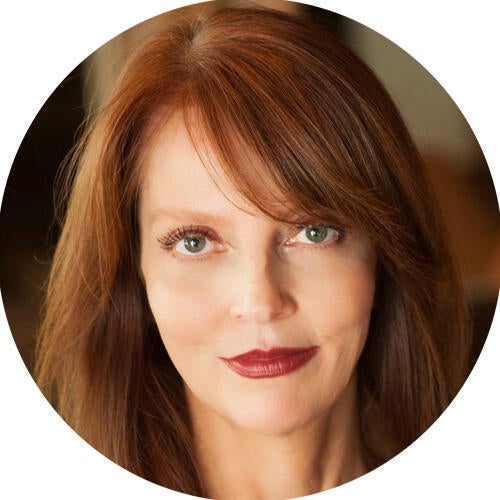
Cherished Pieces
“I have lived in my home for 34 years, so it has been through quite a few design changes during that time! After my husband and I moved in, we actually waited eight years before doing a big renovation. I always recommend living in a space for a period of time before making any major changes. One of the first major pieces I sourced was a Louis XV–style loveseat with pink-and-white-striped upholstery. I spotted it at an antique store one morning after getting bagels, and I still have it to this day! I’ve re-covered it three times, and have the fabric picked out for the upcoming fourth time.” —Patti Woods, Patti Woods Interiors, Birmingham, Alabama



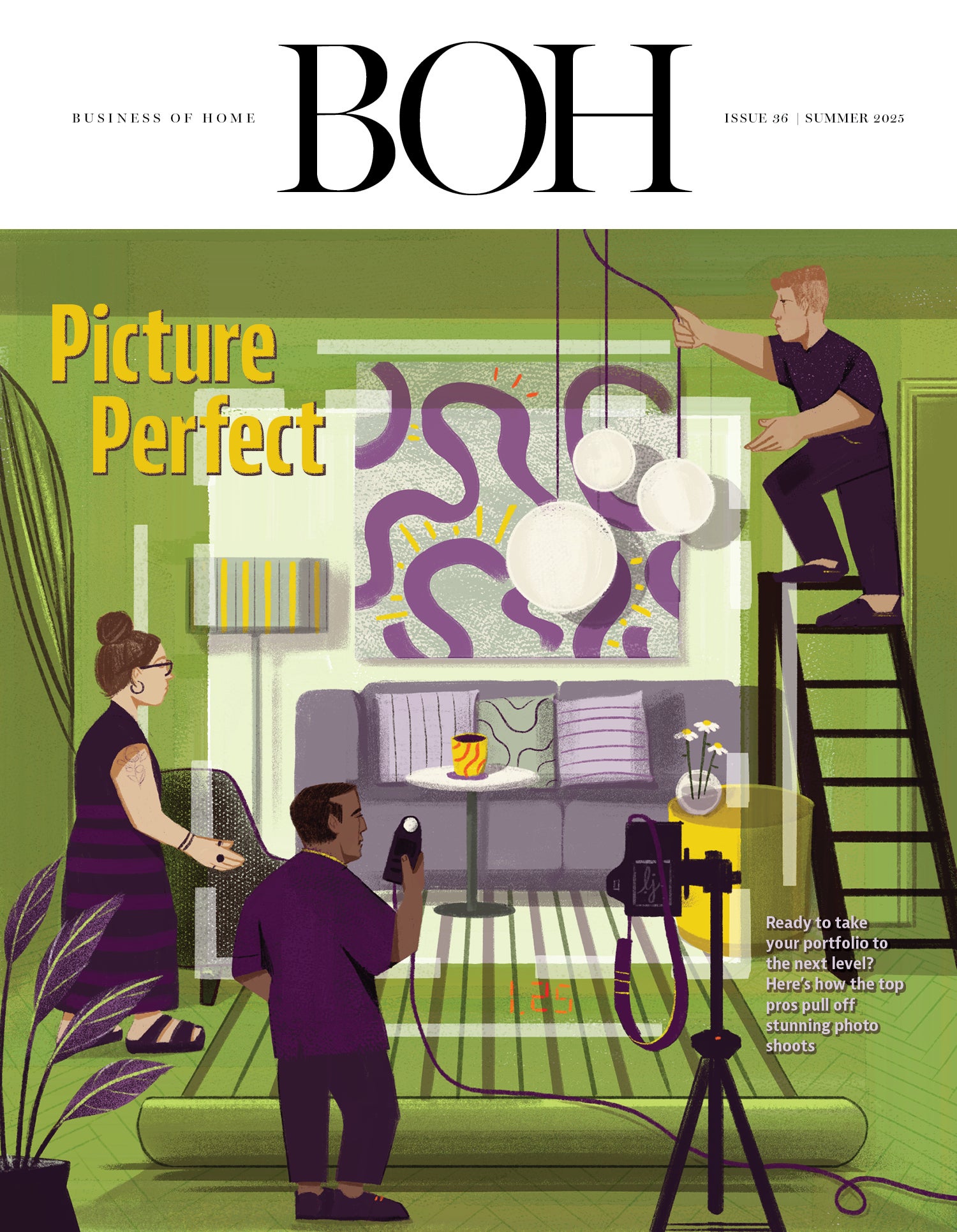
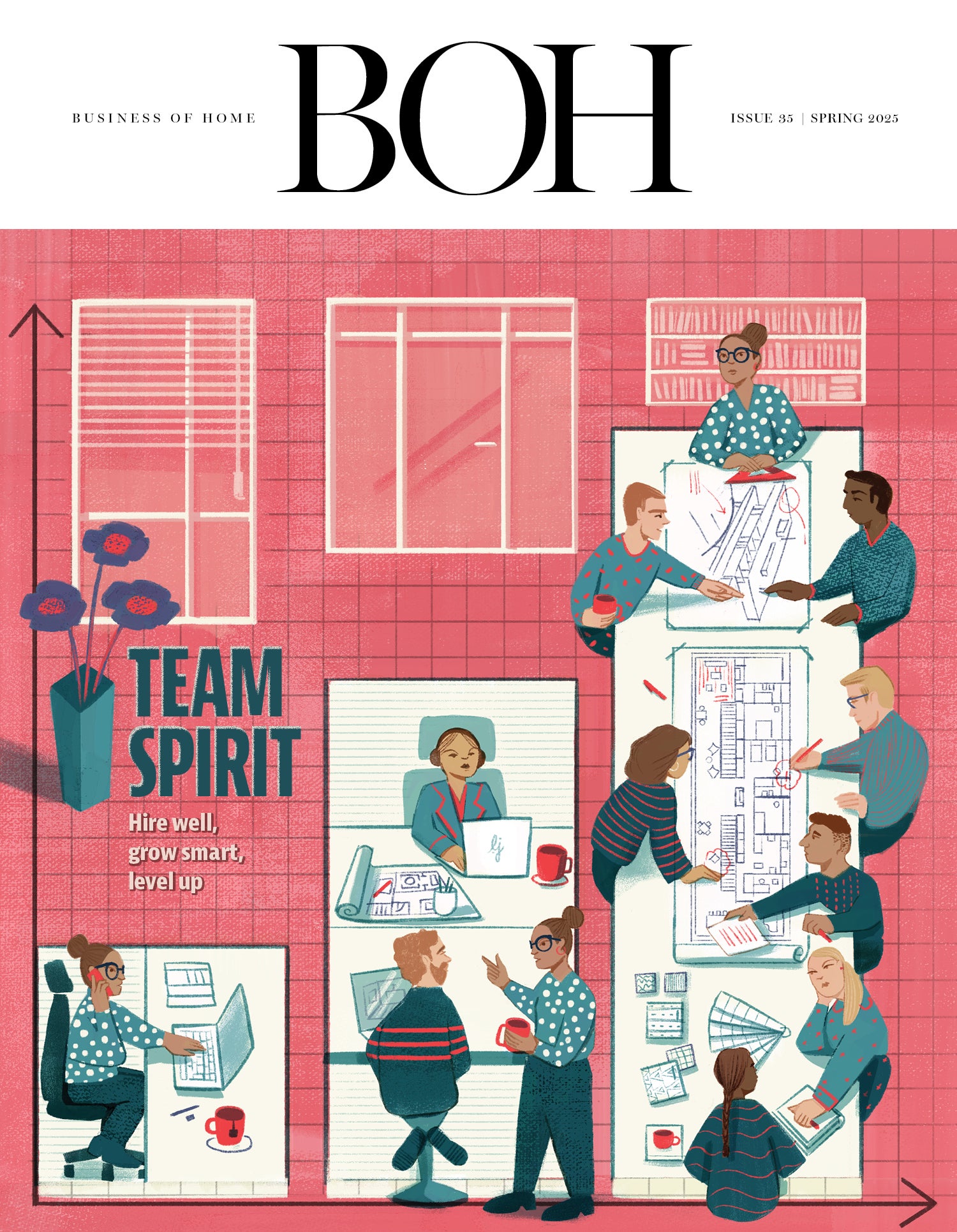

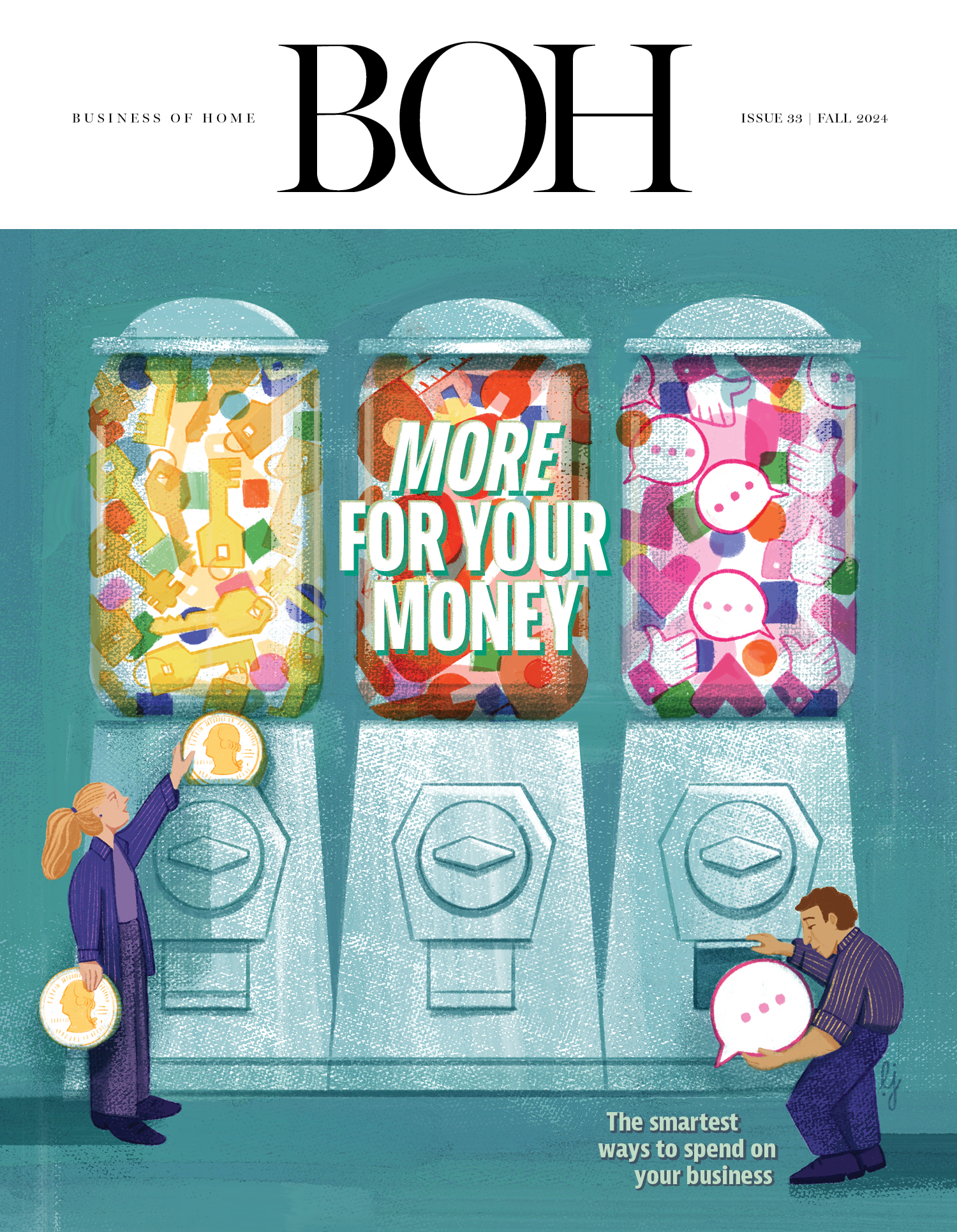
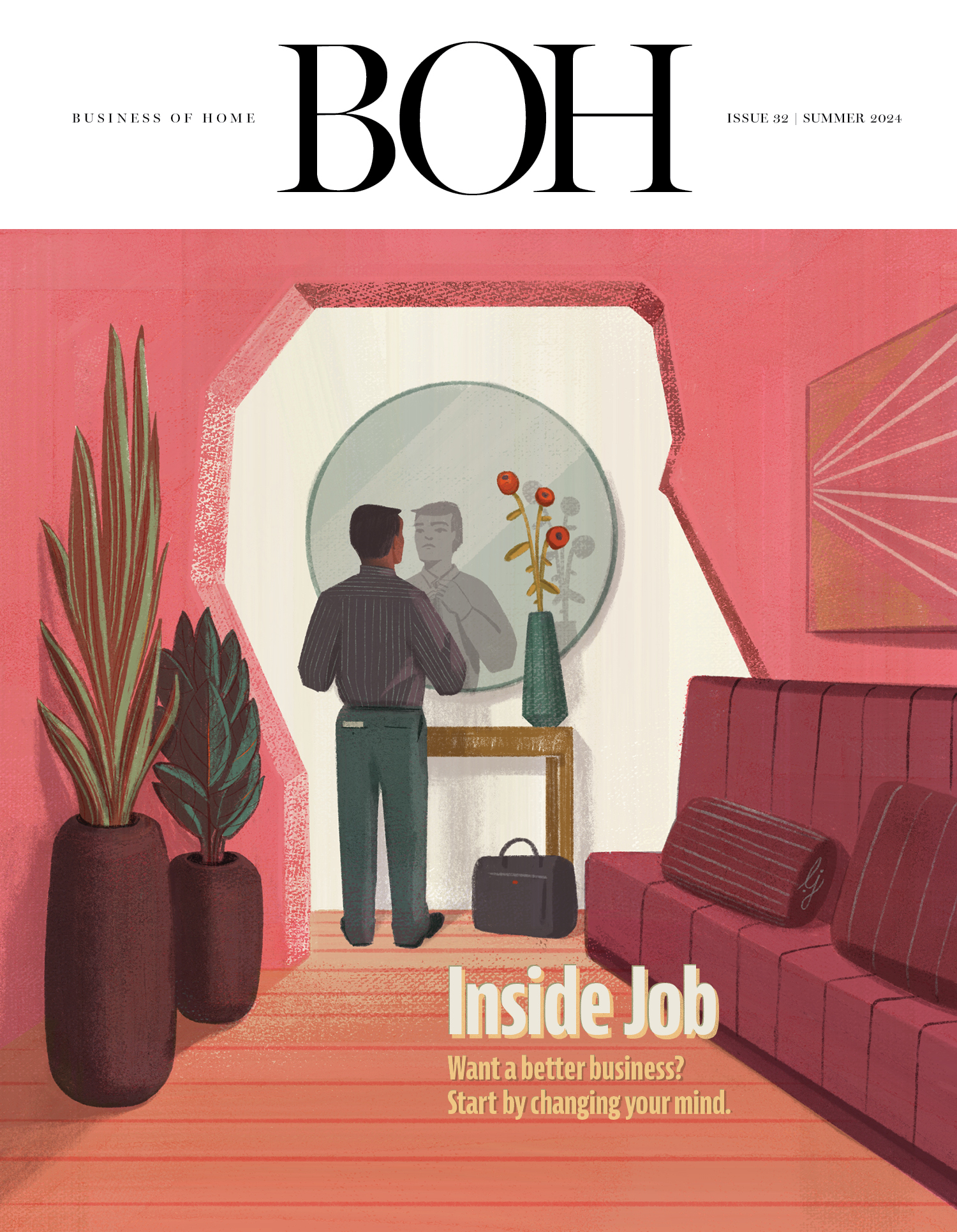
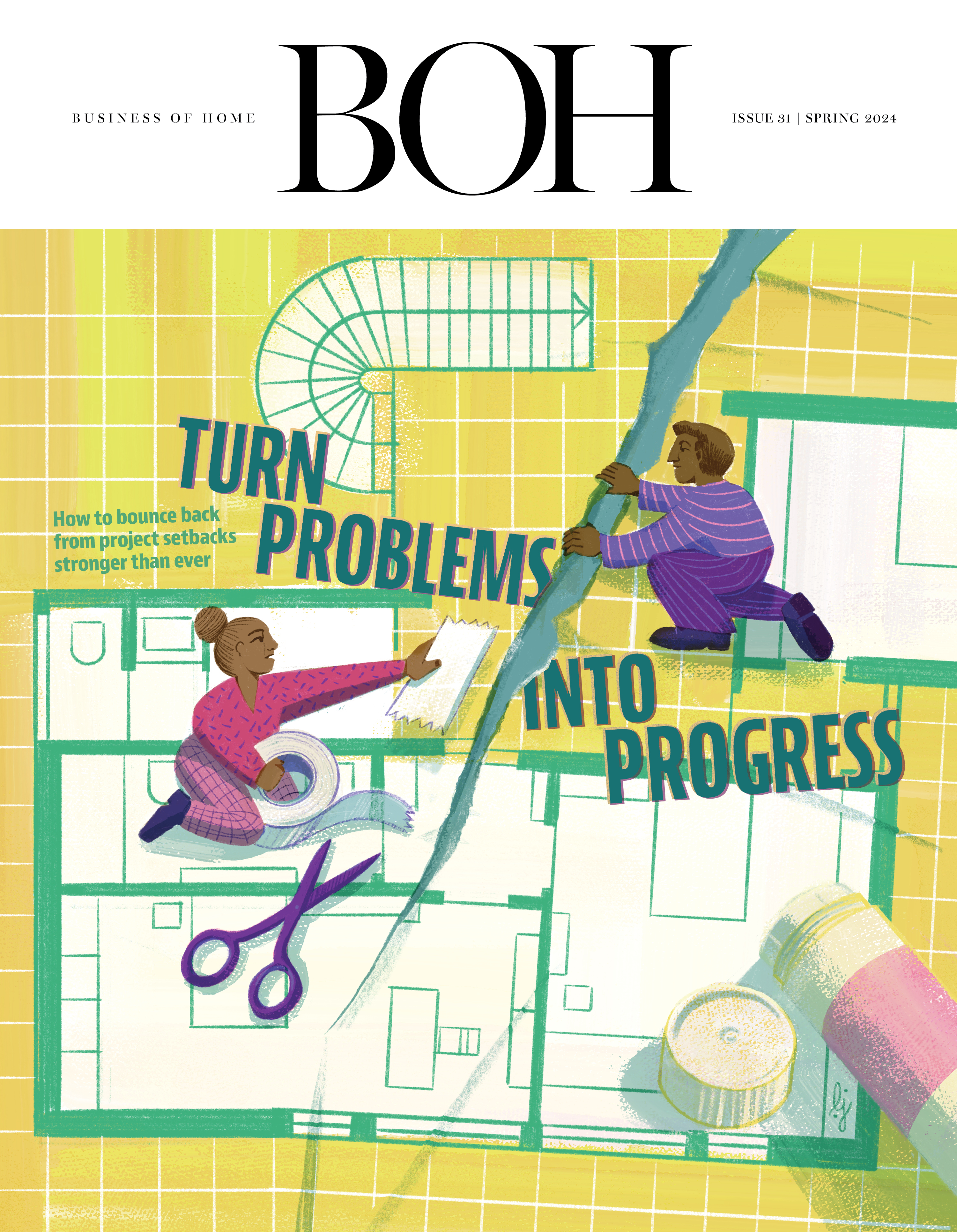
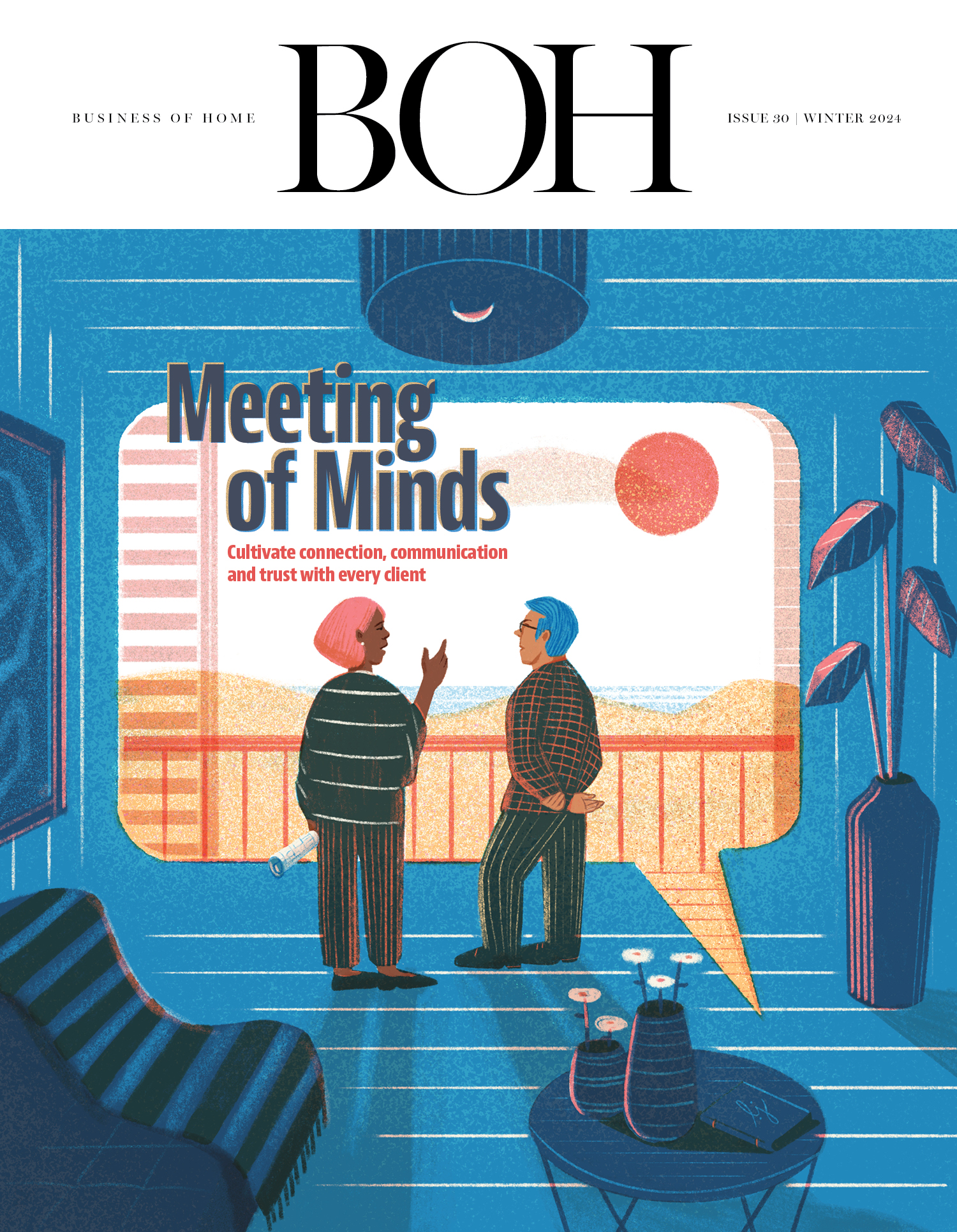

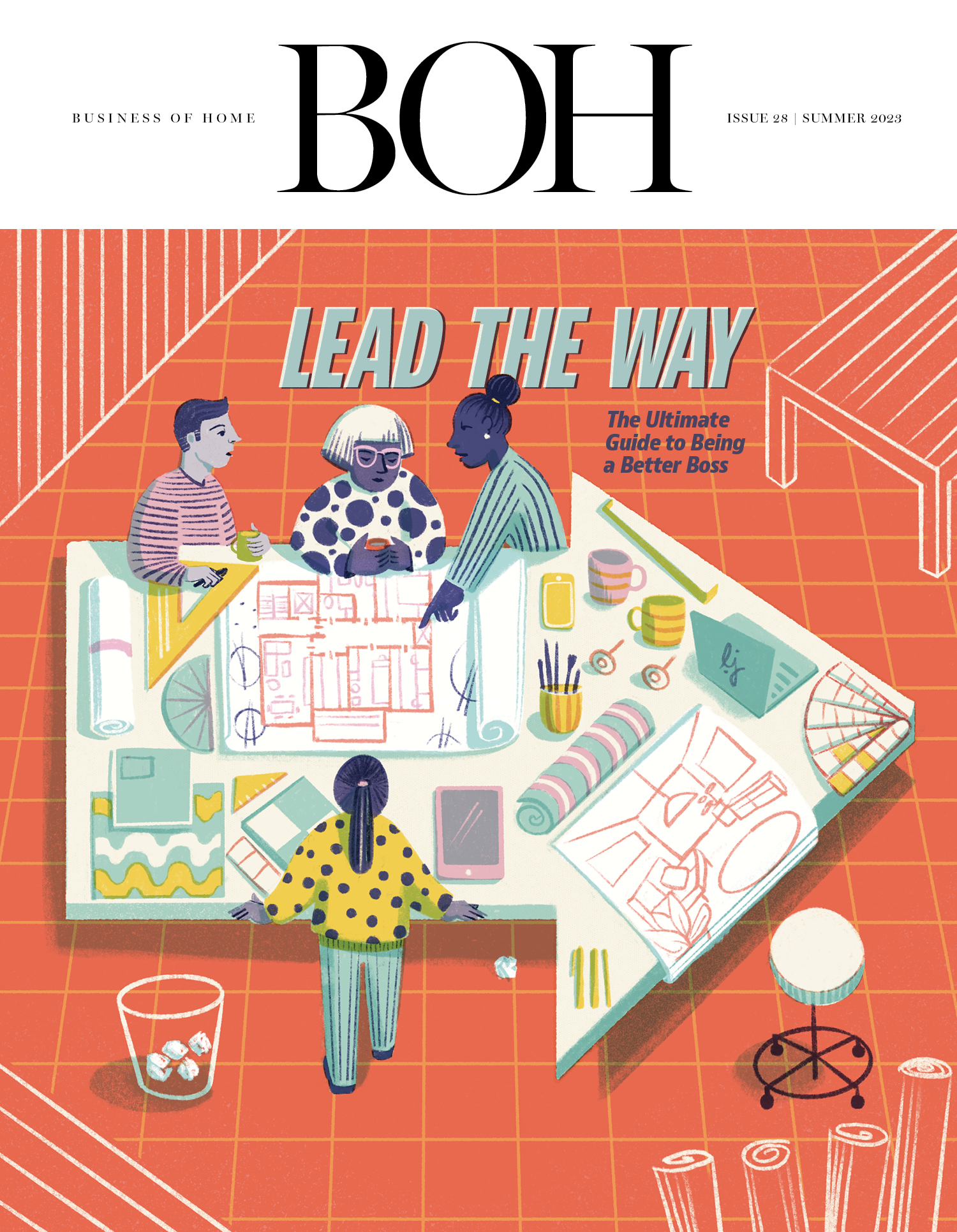
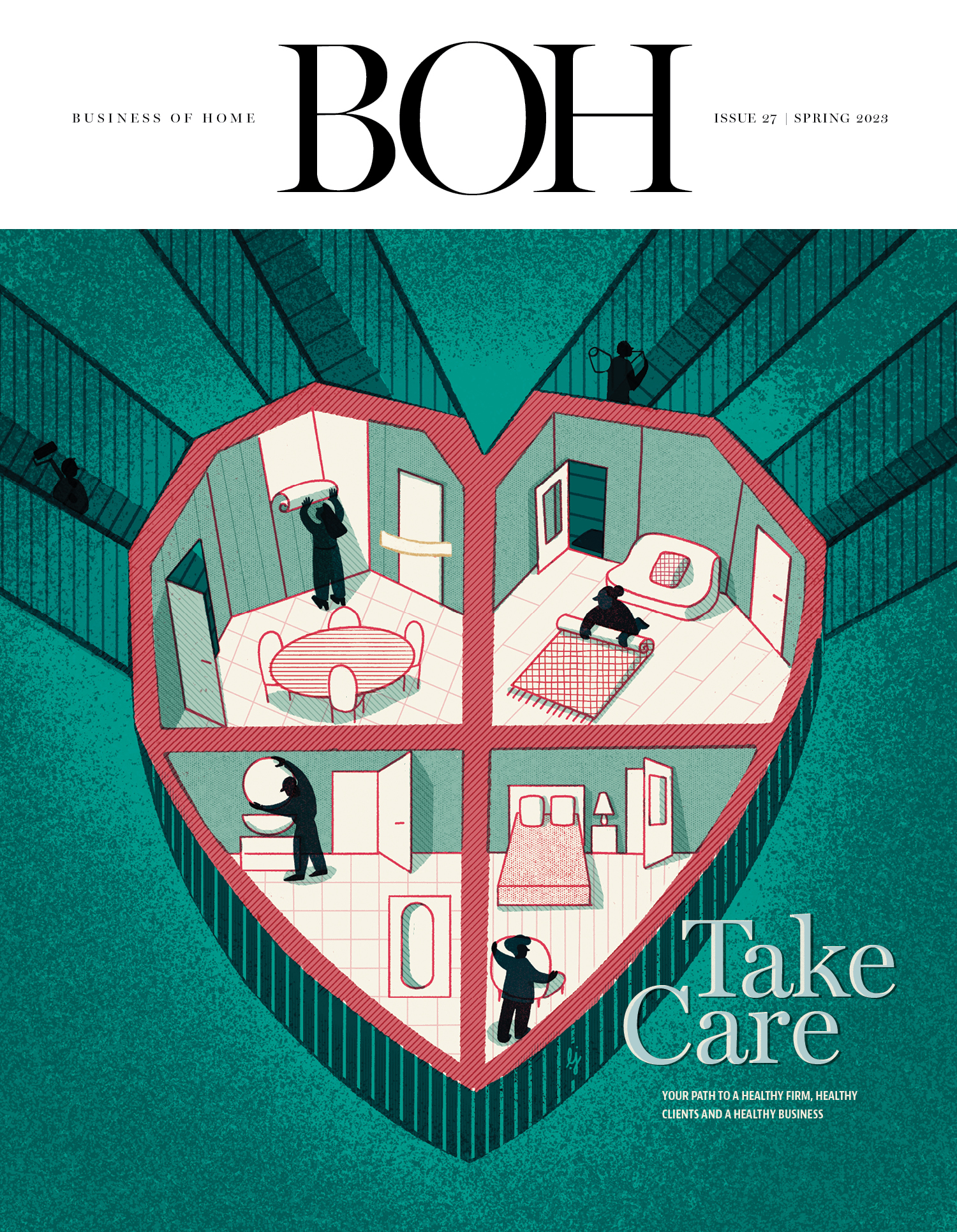
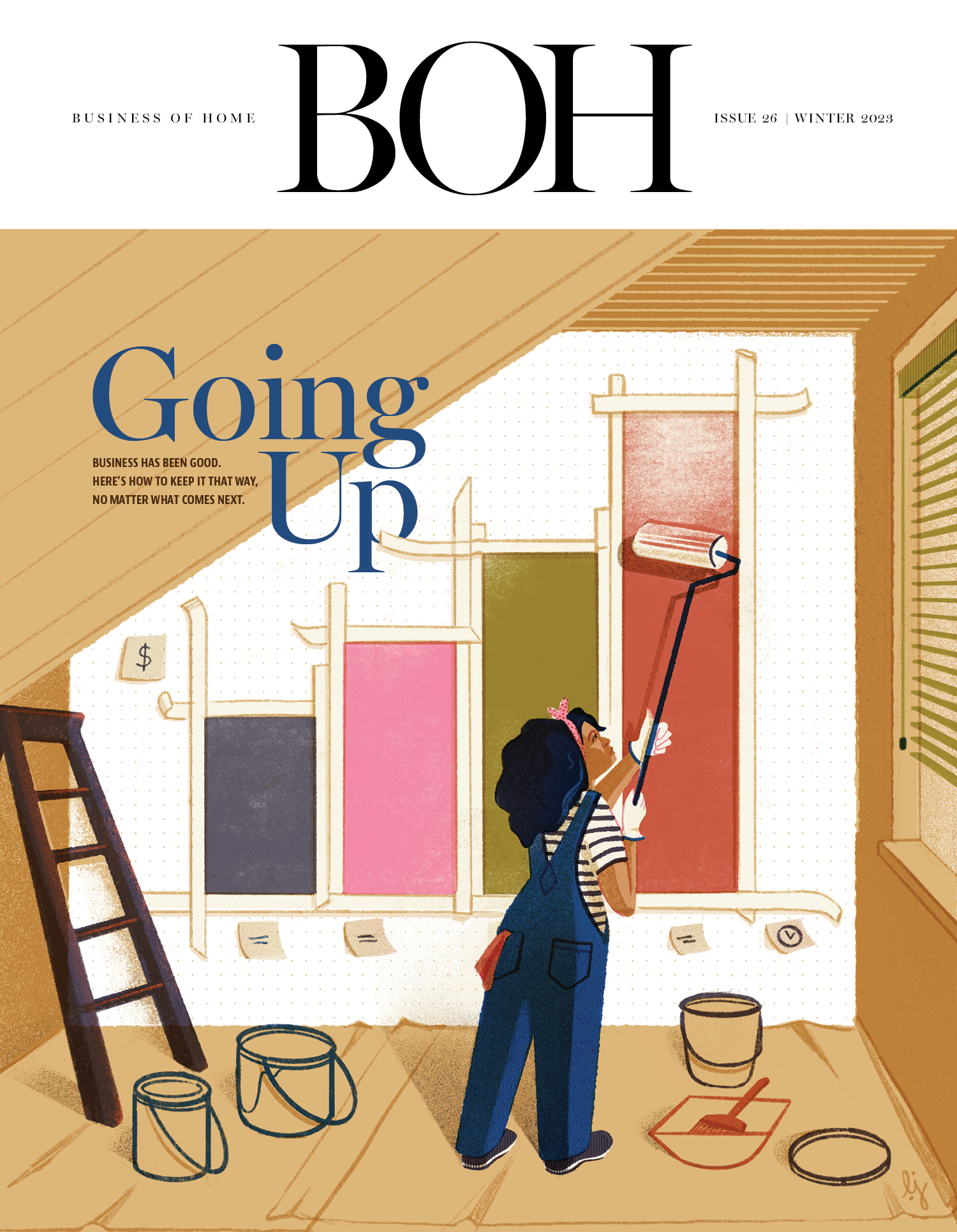
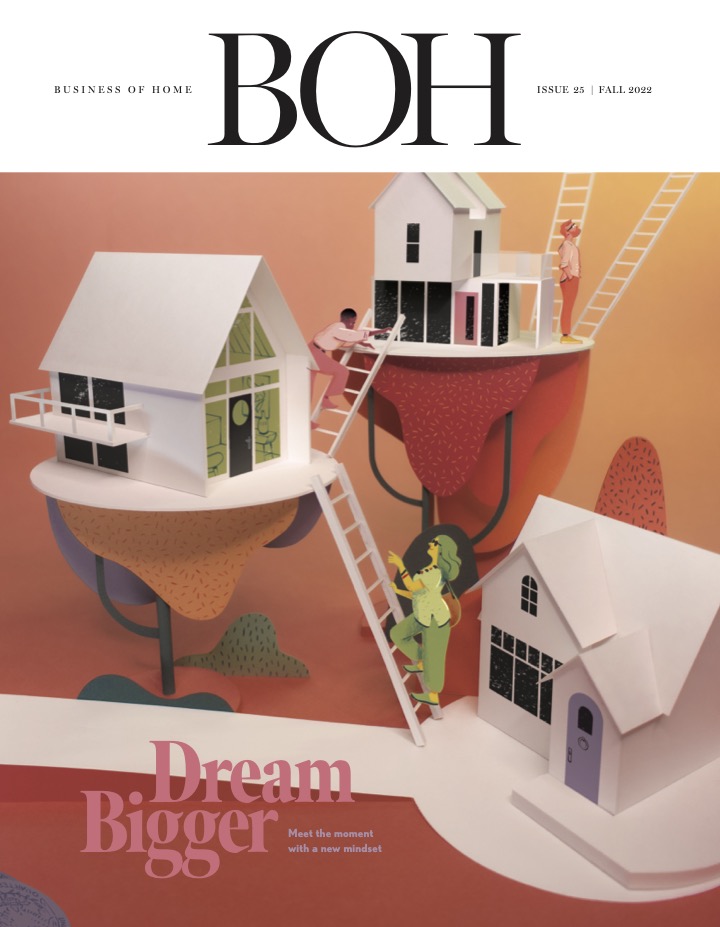






.jpg?1756475136)







